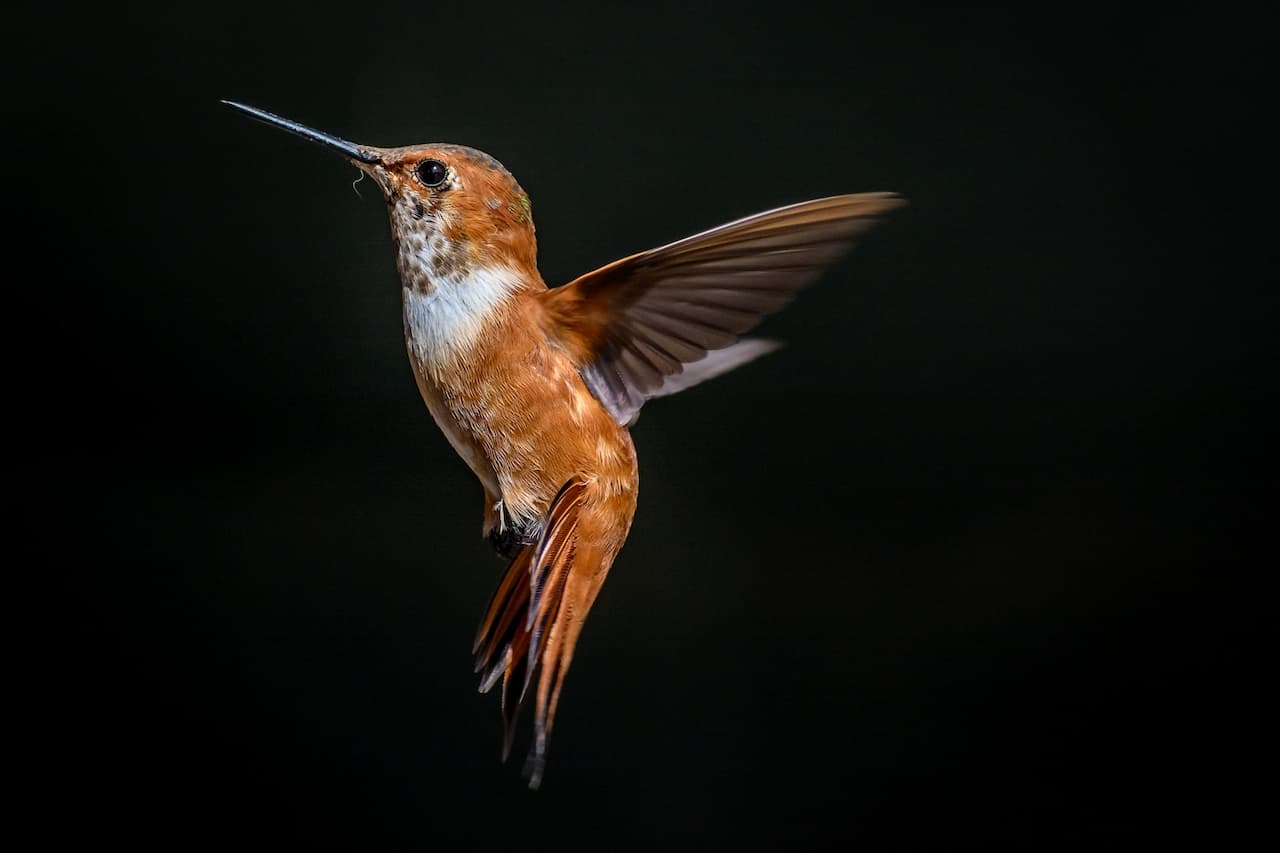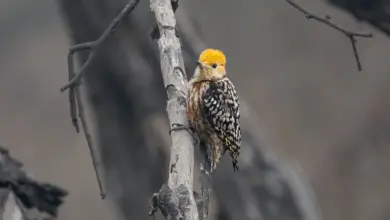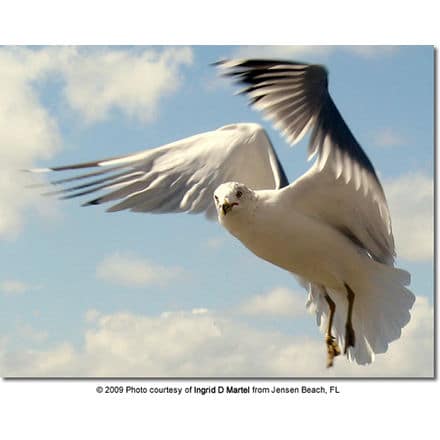African Scops Owls (Otus senegalensis)
The African Scops Owls (Otus senegalensis) – also known as Annobon Scops Owls, Cape Scops Owls, or Common Scops Owls – are small owls that are resident (non-migratory) in sub-Saharan Africa and southwestern Arabia.
These owls have a wide range, in which they are generally common.
They mostly inhabit Savannah woodland, and bushy and scrub areas. They are urban dwellers as well, making their homes in parks, gardens and abandoned buildings
Subspecies and Ranges:
- Otus senegalensis senegalensis (Swainson, 1837) – Nominate Race
- Range stretches from Senegal and Sierra Leone east to northwestern Ethiopia and Somalia, south to southeastern South Africa.
- Otus senegalensis pamelae (Bates, 1937)
- Found in southern Saudi Arabia.
- Otus senegalensis socotranus (Ogilvie-Grant and Forbes, 1899)
- Range: Socotra Island in the Indian Ocean, east of the Horn of Africa.
- Otus senegalensis feae (Salvadori, 1903)
- Found on Annobón Island (also known as Annabon, Anabon, Pagalu, or Pigalu) – located in the South Atlantic Ocean.
- Otus senegalensis nivosus (Keith and Twomey, 1968)
- Found in southeastern Kenya.
Description
African Scops Owls are relatively small, measuring 17 – 19 cm in length, and weigh around 65 grams. Like most owls, they have ear tufts. The head and the back are grey, and the throat is white. The bill is black and the feet brown.
Their yellow, forward-facing eyes are nearly as large as human eyes and are immobile within their circular bone sockets.
Owls are far-sighted and are unable to see anything within a few inches of their eyes. Their far vision – particularly in low light – is, however, exceptional.
Breeding
The African Scops Owls are monogamous – typically remaining with the same mate for the rest of their lives. Most breeding activities occur from April through June.
Nests are typically placed into tree cavities, although sometimes ground nests are used for breeding.
The average clutch consists of 4 – 6 white eggs, which are incubated for about 27 – 28 days. The young fledge (leave the nest) when they are about 30 – 31 days old.
Diet / Feeding
They mostly feed on insects and spiders, but will also take small mammals, such as rabbits, field mice, and other rodents.
Flying insects are often caught aerially and eaten in flight.
Mammals are usually taken from the ground.
Larger prey is taken to a secluded perch, where it is killed, torn into smaller pieces, and eaten.
Calls / Vocalizations
The African Scops Owls’ calls consist of a series of hollow, dove-like “prrrp” notes, which are repeated about every 5 seconds. This species is most easily recognized by its call.
Alternate (Global) Names
Afrikaans: Skopsuil …Danish: Savannedværghornugle … Dutch: Afrikaanse Dwergooruil … Finnish: Afrikanpöllönen … French: Hibou petit-duc africain, Petit-duc africain … German: Afrikanische Zwergohreule, Afrika-Zwergohreule, Afrika-Zwerohreule … Italian: Assiolo africano … Japanese: afurikakonohazuku … Kwangali: Kakuru … Norwegian: Akasieugle … Polish: syczek afrykanski, syczek afryka?ski … Portuguese: Mocho-de-orelhas-africano … Russian: ??????????? ?????, ????? ???????????, ????? ???????????? … Slovak: výrik africký … Shona: Chipotonho … Spanish: Autillo Africano … Swedish: Afrikansk dvärguv … Swahili: Mtiti wa Afrika … Tswana: Lerubisana … Tsonga: Xikhotlwana
More Owl Information
- Owl Information
- Index of Owl Species with Pictures
- Owl Eyes / Vision Adaptations
- Pygmy Owls
- Barn Owls
- Horned Owls
- Scops Owls





